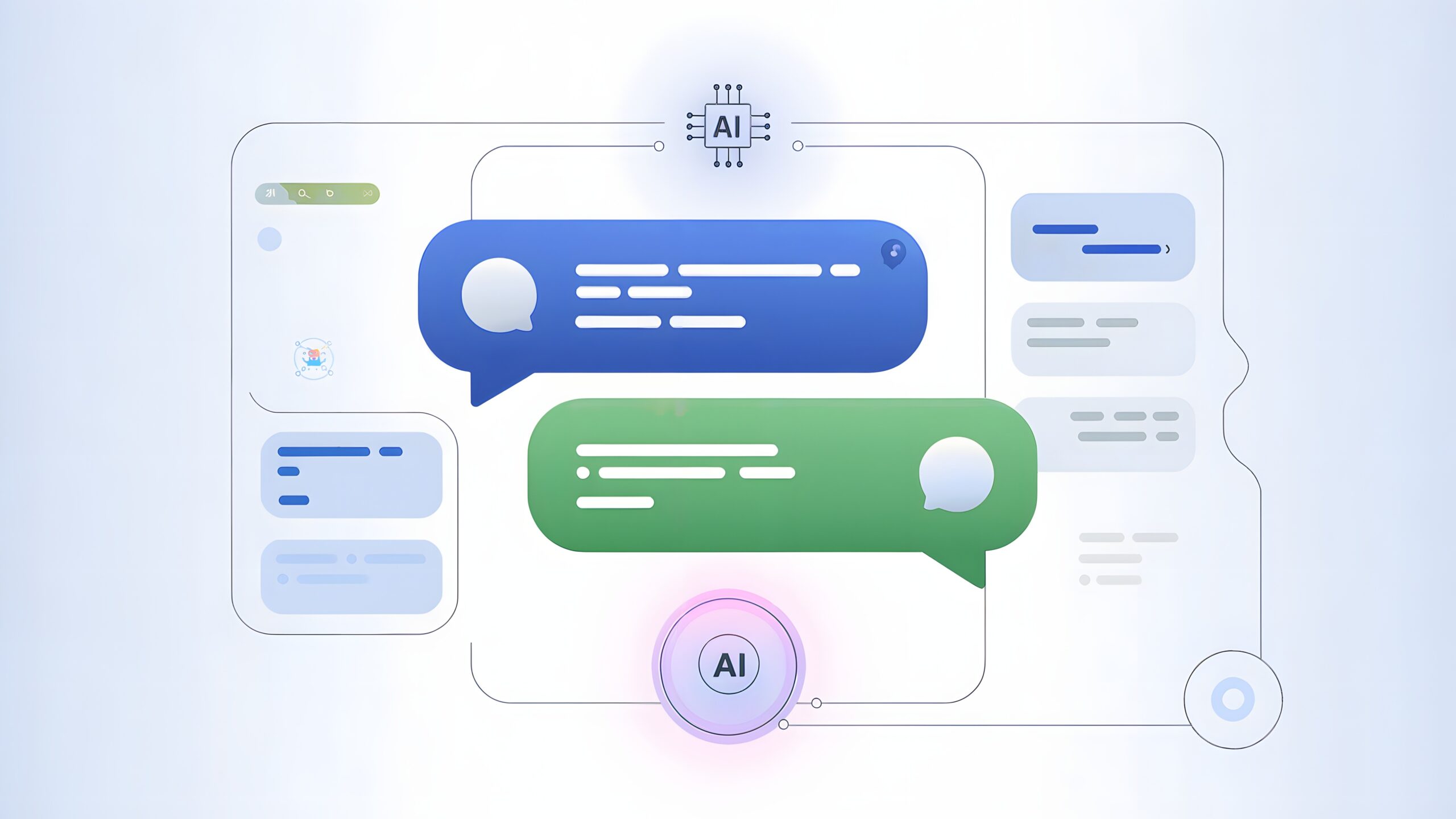Author: Nick Rassool | Posted On: 12 Aug 2025
AI Probing
The rise of qual at scale
Ask any insight professional and they’ll tell you: open-ended survey questions can be a missed opportunity. Often limited to shallow answers like “we wanted better service” or “it was cheaper,” open-ends rarely live up to their potential. Yet behind those brief statements sit motivations, emotional drivers, anxieties, and trade-offs, all the things that help businesses understand not just what people do, but why.
As expectations grow for deeper insight at greater speed, market research companies are searching for new ways to scale qualitative research. At Fifth Quadrant, we see AI probing as a powerful next step in unlocking richer, more actionable data, without relying solely on traditional qualitative research methods.
What is ai probing, and why now?
AI probing refers to the use of Natural Language Processing (NLP) tools that generate context-aware follow-up questions within surveys. When a respondent gives a vague or brief answer, these tools ask tailored, real-time follow-ups, much like what a human moderator would do in an interview.
The technology isn’t theoretical. Several survey platform providers already offer this functionality and market research companies are increasingly exploring it’s potential as part of their qualitative research toolkit.
What it unlocks
AI probing elevates what we get from open-ends, shifting them from one-line placeholders to usable, layered data:
- Depth at speed – Gather thousands of richer, follow-up responses in real time.
- Scalable adaptiveness – AI probing tools adapt to each respondent’s answer, enabling large samples to be explored in greater depth.
- Better value – You get more from your existing quant investment, especially in studies that rely on open-ends for customer context.
How we’re using it
While AI probing is still emerging in commercial research, we’re already embedding it in our survey design thinking and supplier briefs. That includes:
- Uncovering decision drivers – Adding nuance to segmentation by surfacing the motivations and contextual triggers behind customer choices.
- Message testing – Getting beyond “yes/no” appeal to explore why a message resonates (or doesn’t).
- Product or service optimisation – Revealing unmet needs or friction points that can guide feature development or service enhancements through qualitative research insights.
Jobs to be done: A strategic fit
One standout application is aligning AI probing to the Jobs to Be Done (JTBD) framework.
JTBD helps identify the functional, emotional, and social “jobs” customers are trying to get done, whether they’re switching platforms, trying new services, or finding workarounds for recurring pain points.
AI probing supports this approach at scale, surfacing motivational drivers behind switching and selection, supported by robust quantitative data.
When used to explore why someone made a choice or changed behaviour, AI probing helps uncover the underlying “jobs” in language that’s closer to how people actually think and speak. It’s a smart way for market research companies to bridge behavioural data with psychological insight, without relying on large-scale qualitative research fieldwork
AI probing in action: A simple example
Imagine a survey designed to understand why small business owners switch accounting software providers. The initial open-ended question might ask:
- “What led you to switch accounting platforms?”
Without probing, a respondent might say:
- “It was easier to use.”
With AI probing, the survey could follow up:
“Can you tell us more about what made it easier to use?”
The respondent replies:
- “It had fewer steps to generate invoices, and I didn’t need to call support every time I wanted to reconcile expenses.”
A second probe might dig deeper:
“Why was that important to your business?”
Now you get:
- “I’m not a finance person, I run a landscaping company. I need something I can manage between jobs without taking up half my day. The old software slowed everything down.”
What started as “easier to use” is now a clear articulation of the Job to Be Done:
“Help me stay on top of my finances quickly and independently, so I can focus on running my business.”
That job is functional (streamlining finance tasks), emotional (reducing frustration), and contextual (limited time between physical jobs). This kind of layered understanding informs product design, onboarding, and messaging, captured within a single quant survey.

Conclusion: Smarter Surveys, Deeper Insight
AI probing isn’t a replacement for qualitative research, it’s a smart enhancement. It extends what a survey can do, turning static open-ends into responsive, layered data sources. The result? Deeper understanding of decision drivers, faster and more nuanced message testing, and sharper insight into unmet needs that can guide product or service optimisation.
At Fifth Quadrant, we’re already embedding this capability into how we design research. Whether it’s surfacing deeper motivations in segmentation work or aligning responses to frameworks like Jobs to Be Done, AI probing is helping us, and our clients, unlock more value from every open-ended question.
Interested in using AI probing in your next project?
Want to explore how AI probing could work in your next market research study? Contact us to learn more about how we can integrate it into your research design.

